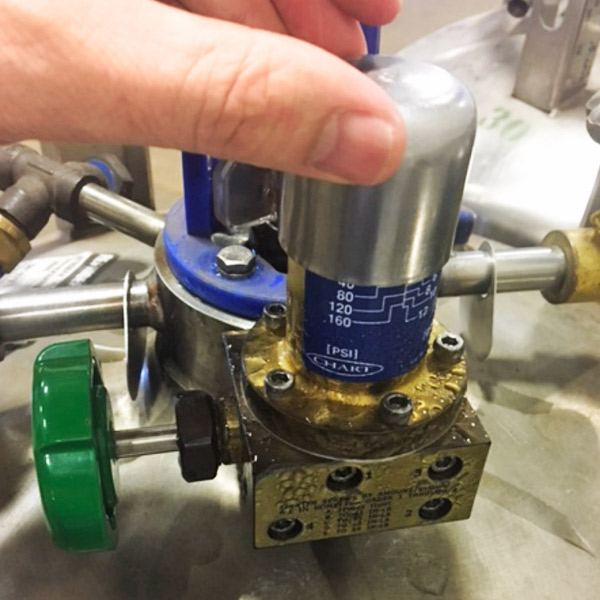pMetal
Aluminum
- Joined
- Jul 14, 2014
- Location
- United States
We are using liquid nitrogen cylinders to supply nitrogen assist gas for our fiber laser.
It is normal for the liquid nitrogen to always be boiling off, so the cylinder vents to the atmosphere periodically to reduce the internal pressure.
It is the peak of summer right now, so I was wondering if the venting is happening more than usual because our building is hot. And since nitrogen is expensive, I was wondering if we could reduce the amount of venting in a meaningful way by cooling the general area or the outside of the tank.
Do you know if this could be effective or cost-effective?
It is normal for the liquid nitrogen to always be boiling off, so the cylinder vents to the atmosphere periodically to reduce the internal pressure.
It is the peak of summer right now, so I was wondering if the venting is happening more than usual because our building is hot. And since nitrogen is expensive, I was wondering if we could reduce the amount of venting in a meaningful way by cooling the general area or the outside of the tank.
Do you know if this could be effective or cost-effective?


